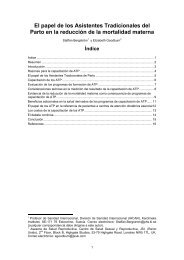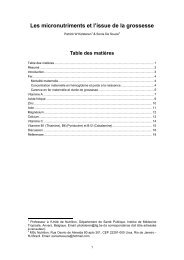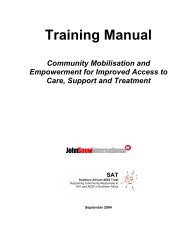book for PDF - John Snow International Europe
book for PDF - John Snow International Europe
book for PDF - John Snow International Europe
Create successful ePaper yourself
Turn your PDF publications into a flip-book with our unique Google optimized e-Paper software.
the leaves and quarter fill with water. Close (but do not tighten) the lid.Leave in the sun <strong>for</strong> two weeks. Dilute: one part liquid manure to fiveparts water be<strong>for</strong>e applying to plants. Avoid crop leaves when applyingthe liquid manure. Apply it to seedlings and plants which look unhealthy.Warning: It can cause crops to grow very quickly with large soft leaves.This makes them attractive to pests.Soil improving plantsPlant soil improving crops (such as soya beans, sunnhemp, cowpeas,bambara ground nuts, velvet beans) in an area that you want to use <strong>for</strong>other crops the following season. Intercrop with soil- improving plantssuch as sesbania, leuceana, pigeon pea, and comfrey. Prune-back theleaves to prevent the plants shading your crops. Cutting the leaves andbranches of soil improvers causes some of the roots to die and releasenutrients into the soil.CompostCompost is a dark, crumbly material <strong>for</strong>med by bacteria, insects andworms. It stores nutrients and slowly releases them <strong>for</strong> plants. Try tomake compost four times per year. If you lack material, plant soilimproving crops and trees on the boundary ofyour land. Harvest the leaves to makeinto compost. Once you havemade the heap do not addnew material to it56






